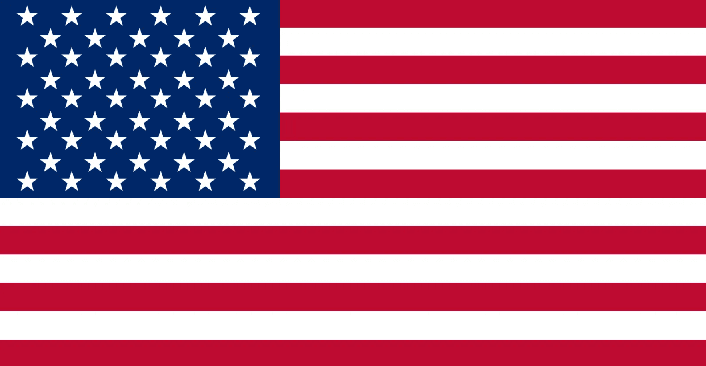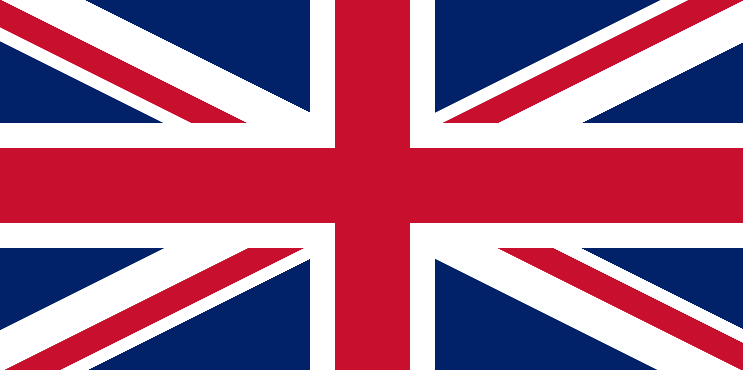


The imitation jewellery industry is growing rapidly, offering businesses lucrative opportunities to source and sell stylish, affordable accessories. Whether you’re importing into the USA, Europe, or the UK, understanding the regulations, taxes, and logistics involved is crucial. However, this guide will provide detailed insights into the process of importing imitation jewellery successfully.

Why Import Imitation Jewellery?
Imitation jewellery is in high demand due to its affordability, variety, and trendy appeal. Key advantages include:
- High-profit margins with low production costs.
- Diverse designs catering to various markets.
- Growing e-commerce potential for online retailers.
- Sustainable alternatives using eco-friendly materials.
Importing Imitation Jewellery into the USA
- Regulatory Compliance
- Governed by U.S. Customs and Border Protection (CBP) and Consumer Product Safety Commission (CPSC) regulations.
- Jewellery must comply with lead and cadmium content restrictions.
- Must include country of origin labelling.
- Tariffs & Duties
- Classified under Harmonized Tariff Schedule (HTSUS) Heading 7117.
- Import duties range between 5% and 20%, depending on materials.
- Shipments valued over $2,500 USD require a customs bond.
- Required Documentation
- Commercial Invoice & Packing List.
- Bill of Lading/Airway Bill.
- Customs Bond (for large shipments).
- CPSC Compliance Certification (if required).
- Best Practices
- Source from trusted suppliers in India.
- Use customs brokers for smooth clearance.
- Choose between air freight (for small shipments) and sea freight (for bulk orders).
Importing Imitation Jewellery into Europe
- Compliance & Safety Regulations
- Jewellery must meet REACH (EC 1907/2006) standards, restricting lead, cadmium, and nickel content.
- Country of origin marking is mandatory.
- Some countries require CE marking for safe consumer products.
- Duties & VAT
- Standard import duty ranges from 2.5% to 4%.
- VAT is applicable at national rates, typically 20% – 25%.
- Importers may benefit from the Generalized System of Preferences (GSP) for reduced tariffs on certain imports.
- Documentation Requirements
- Commercial Invoice & Packing List.
- Bill of Lading/Airway Bill.
- REACH Compliance Certificate.
- EORI Number (for EU customs clearance).
- Best Practices
- Work with customs brokers in the EU to streamline import procedures.
- Select key ports such as Rotterdam, Antwerp, or Hamburg for efficient clearance.
- Utilize bonded warehouses for duty-free storage until goods are sold.
Importing Imitation Jewellery into the UK
- Post-Brexit Regulations & Compliance
- UK importers must follow UKCA marking instead of CE marking.
- Compliance with REACH standards for safe material usage.
- An Economic Operator Registration and Identification (EORI) number is required.
- Tariffs & VAT
- UK import duty for imitation jewellery is between 2.5% and 6%.
- 20% VAT applies to most imports.
- Businesses can benefit from Deferred VAT Accounting to manage tax payments.
- Documentation Needed
- Commercial Invoice & Packing List.
- Bill of Lading or Airway Bill.
- UKCA & REACH Compliance Certificates.
- UK EORI Number.
- Best Practices
- Use major entry points like London Heathrow or Felixstowe.
- Work with UK-based freight forwarders & customs brokers.
- Utilize temporary storage facilities to defer customs payments.
General Tips for a Smooth Import Process
- Find Reliable Suppliers: Choose reputable manufacturers from India.
- Understand Local Regulations: Different markets have different restrictions on hazardous materials.
- Optimize Logistics: Choose between air freight (for faster deliveries) or sea freight (for bulk savings).
- Partner with Customs Brokers: Experts can handle paperwork and compliance checks.
- Attend Trade Shows: Events provide opportunities to connect with suppliers.